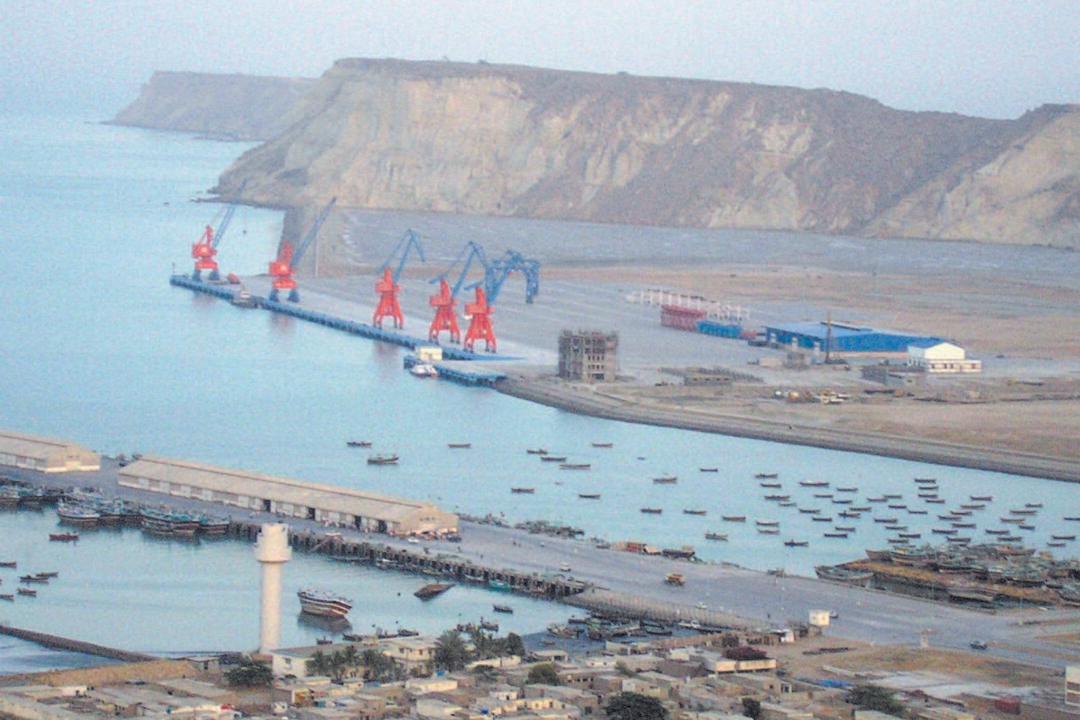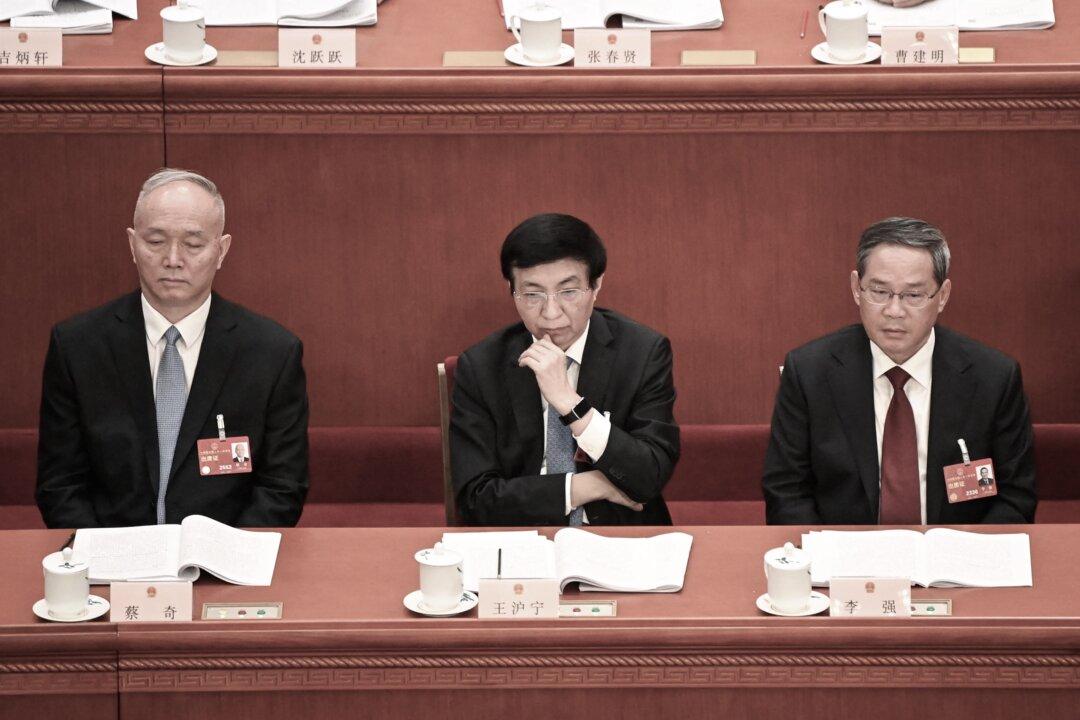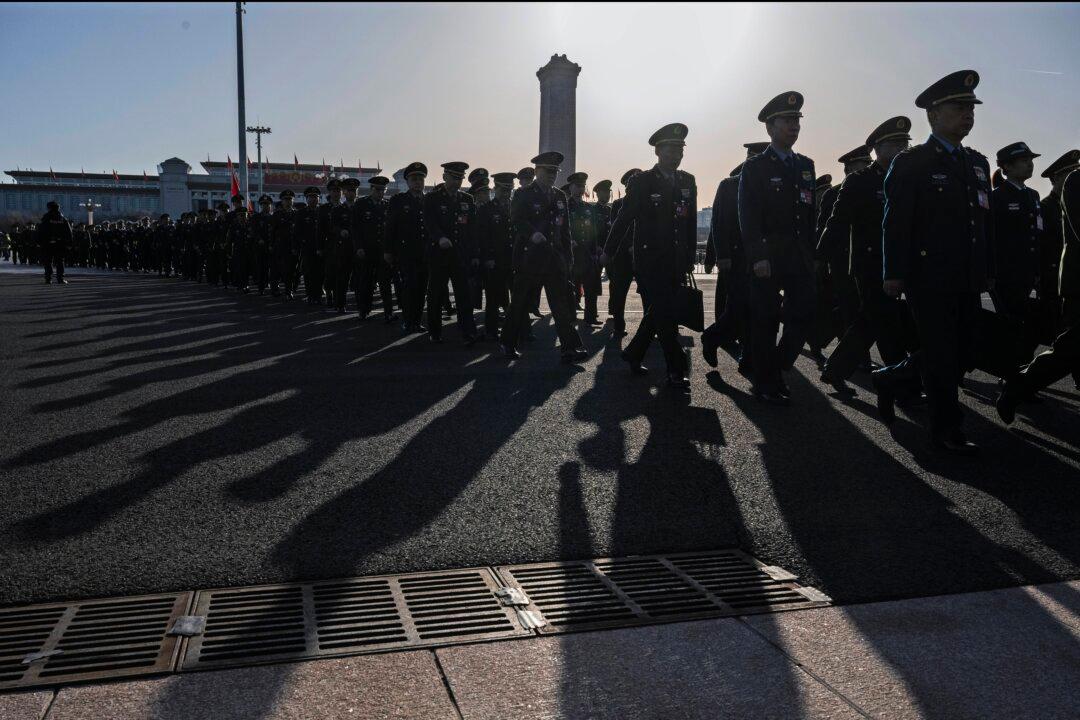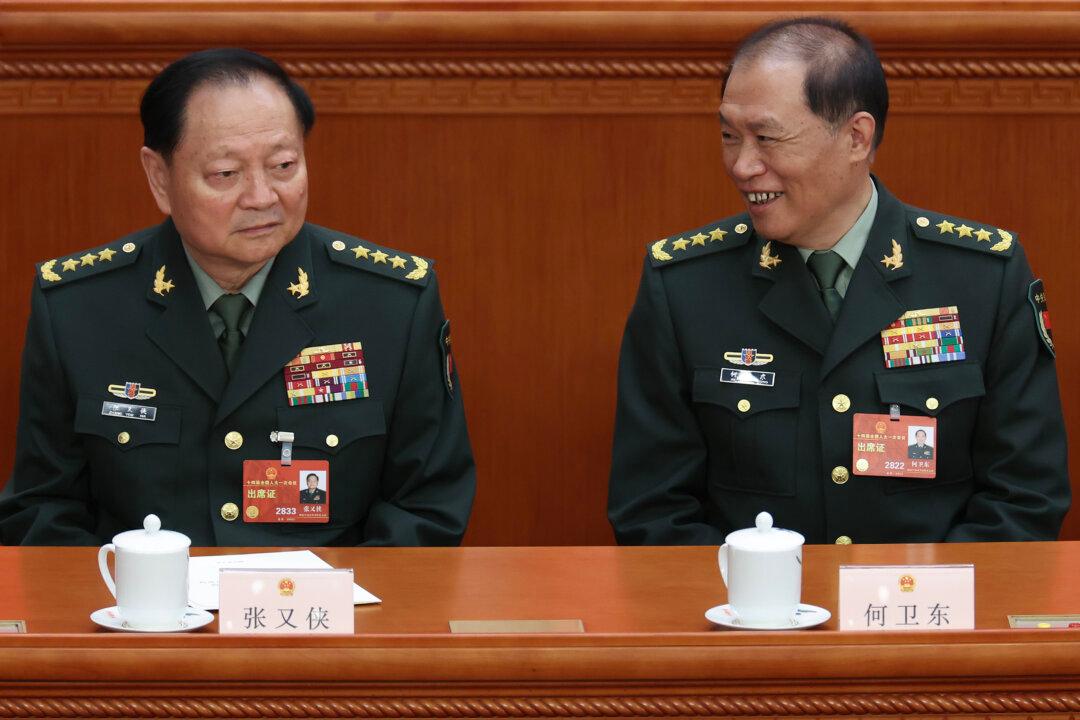News Analysis
Xi Jinping, leader of the Chinese Communist Party (CCP), delivered a speech at the Bo'ao Forum for Asia (BFA) 2021 via video on April 20, promoting the CCP’s Belt & Road Initiative (BRI)—also known as “One Belt, One Road” (OBOR)—and the expansion of communism.





